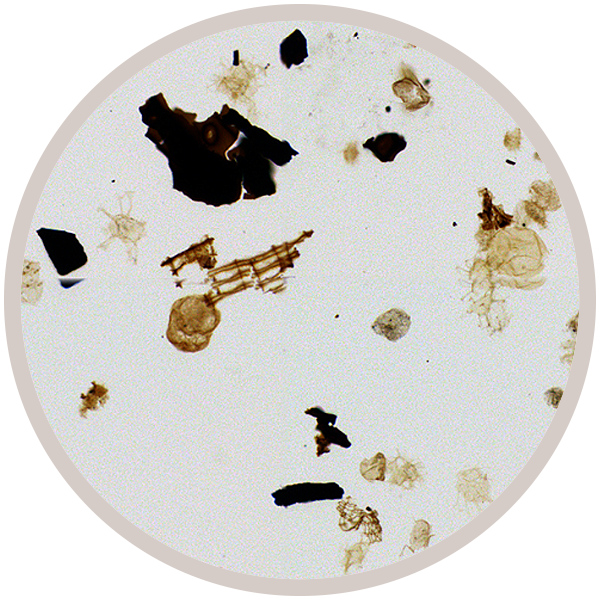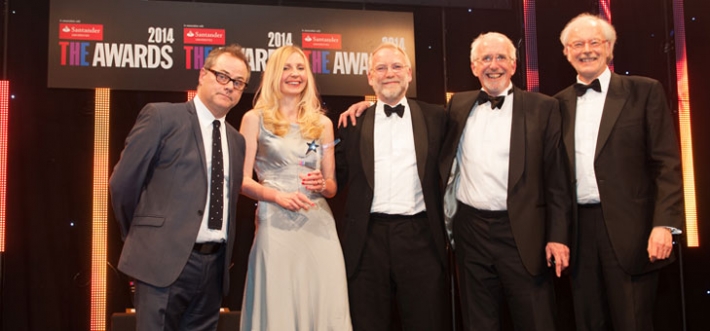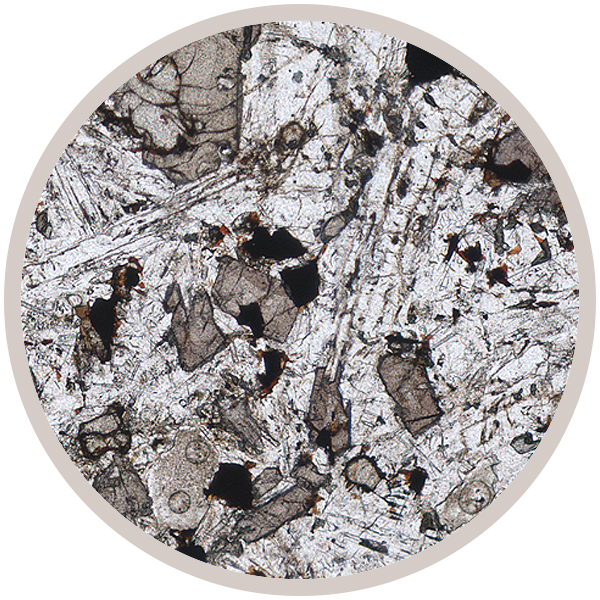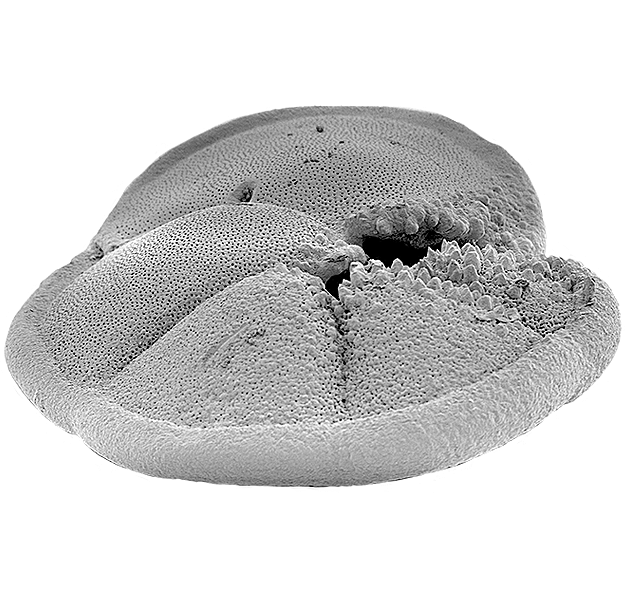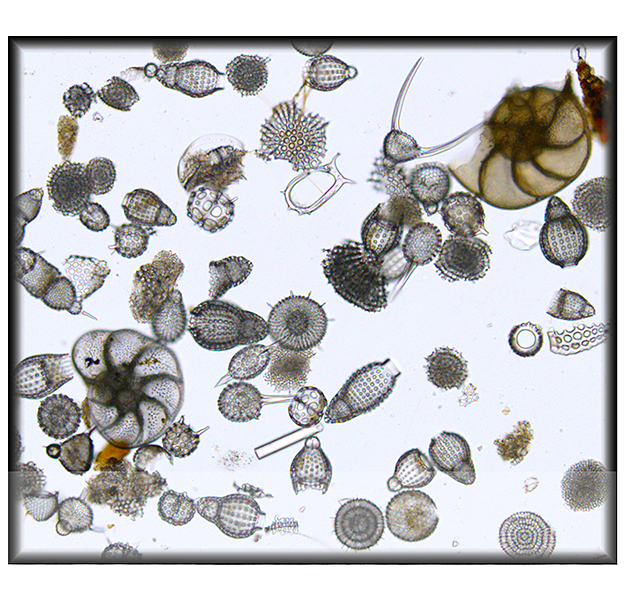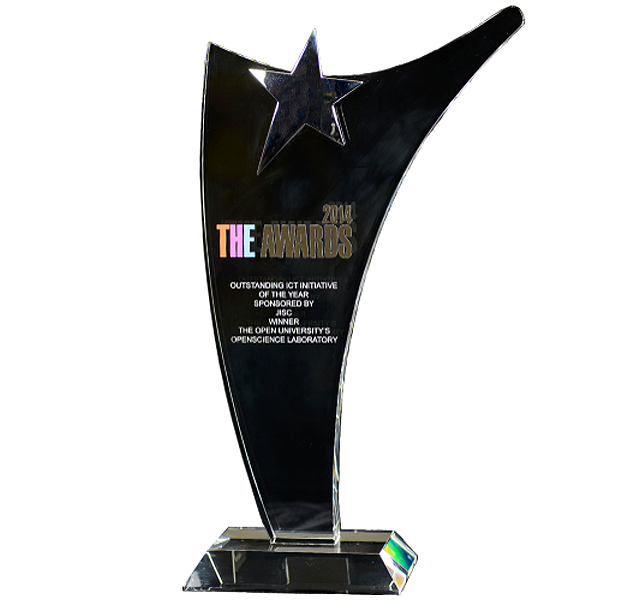
Fact sheet
The Virtual Microscope team are proud to be part of the The OpenScience Lab - Winners of the 2014 the Jisc-sponsored Outstanding ICT Initiative of the Year – celebrating the use of innovative and strategic digital technologies in universities.
This is what the citation said
"The OpenScience Laboratory from the Open University and Wolfson Foundation gives distance learners the closest possible experience to studying in a real lab by allowing them to conduct ‘virtual’ experiments using real data.
It strategically supports distance learning at a variety of education levels, providing resources through open access to a wide range of potential audiences. Crucially, it promotes STEM subjects by providing a glimpse of the world and work of the scientist which really engages the learner – you can see its success by the fact it has been accessed by over 10,000 informal learners, which is in addition to the more than 2,000 registered users studying on Open University courses.
The panel felt that it was a genuinely exciting project within an ambitious overall programme with a great roadmap for further development. The project clearly demonstrates the power that technology has to enable people in higher education to perform at the forefront of international practice – which is precisely our mission at Jisc."
Cabinets of curiosities were personal collections of natural and man-made objects displayed in a single cabinet.
It was a fashion that reached its peak in the seventeenth Century, but something that is returning in modern times as uncategorised virtual or travelling physical exhibits, sometimes crowd sourced and changing. The original cabinets of curiosities were the personal and often idiosyncratic collections of wealthy owners, and their main function was to provoke a sense of curiosity and wonder in the viewer. Our Cabinet of Curiosities is a collection of curious things that we came across in museums, and a few things we've found in mineral shows. There isn't a learning objective – they're just interesting.
Sample details
More from this collection
